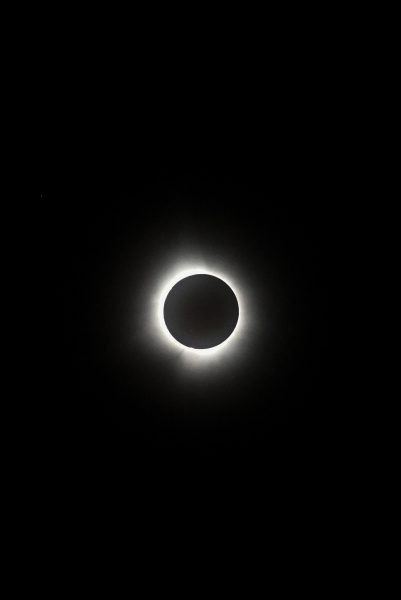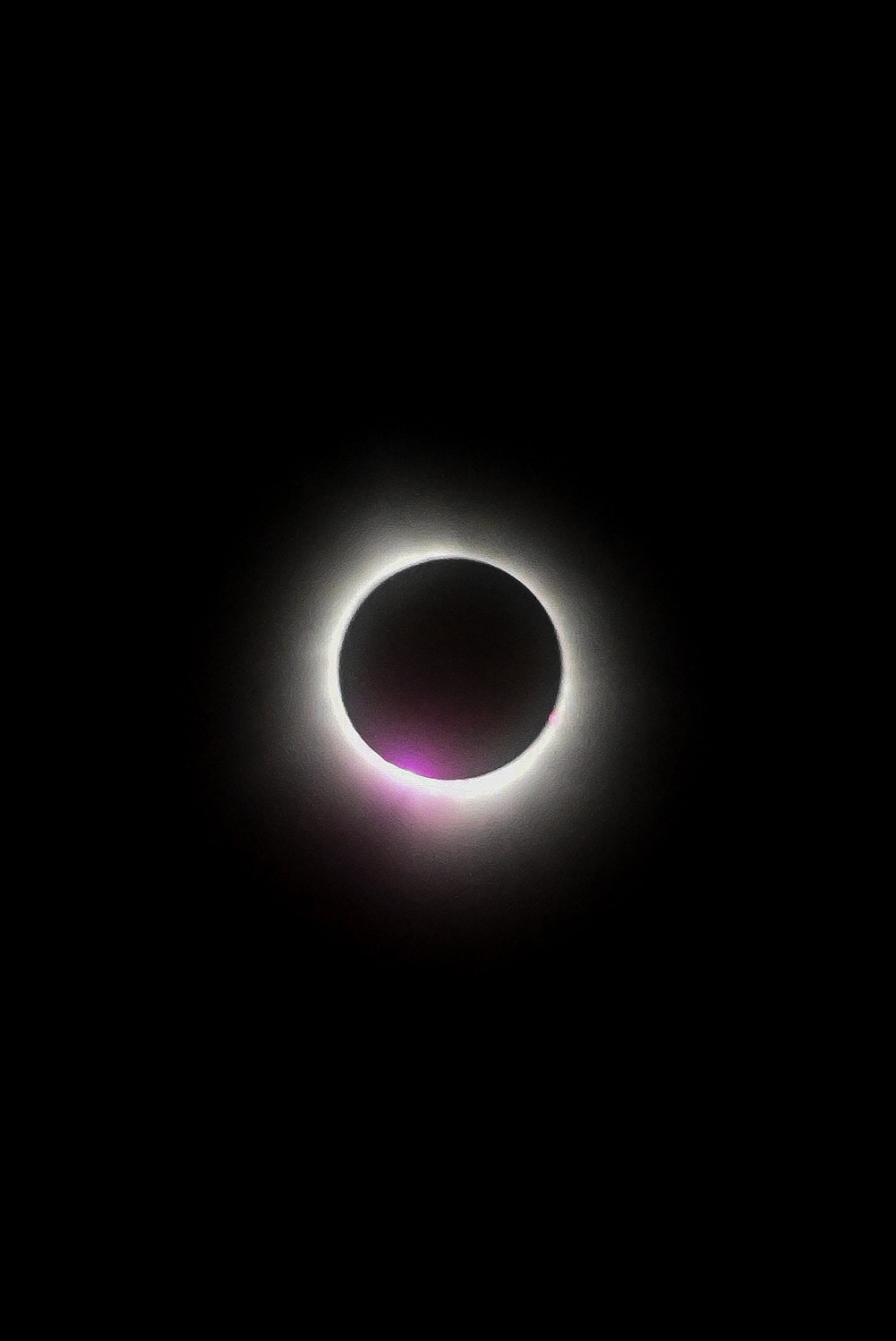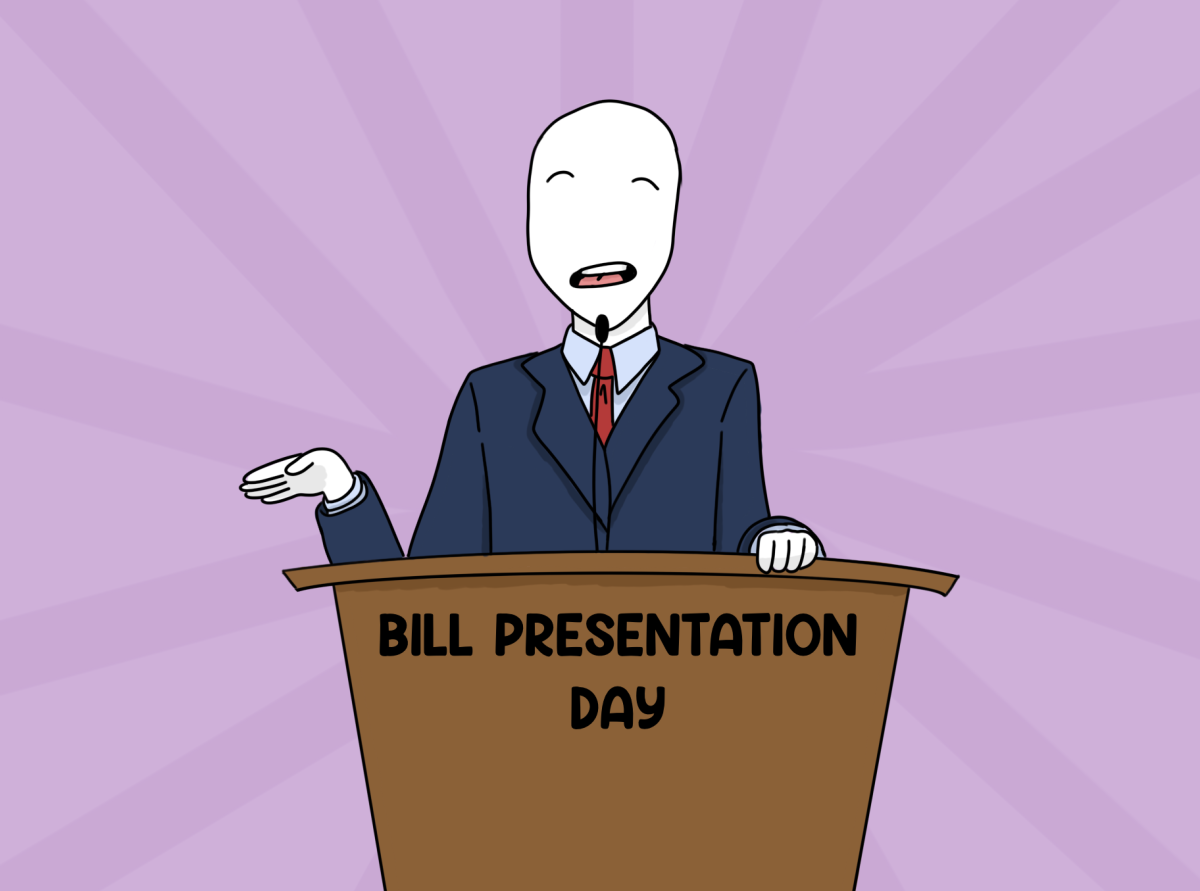On April 8, 2024, the United States experienced a total solar eclipse spanning all the way from Del Rio on the southern border in Texas to Hamlin in Maine. Some 32 million people live in the area directly traversed by the eclipse, with an additional 150 million people within 200 miles of its totality. That’s 182 million people who potentially saw a marvel of the universe, be it partial or in totality.It does, however, highlight the need for increased scientific exploration. In the lead-up to the eclipse, rumors of its effects or meaning ran rampant. Some believed it was the sign of an upcoming rapture, an event in Christian theology in which the faithful ascend to Heaven, and then, only after that, does hellfire sweep up the rest.
When it comes to relating the eclipse to the Rapture, Matthew 24:29 is a common starting ground. It reads that as the painful rapture begins, “the sun will be darkened, and the moon will not give its light; the stars will fall from the sky, and the heavenly bodies will be shaken.”
This is where the train of thought that described reduced sun exposure and lack of a lunar reflection is in fact the second coming of Christ. The obvious suspects for these theories were, of course, evangelical ministers trying to make a buck. That’s not to say that it didn’t capture the attention of America’s current (non-Angelic) masters.
Representative Majorie Taylor Greene, currently busy trying to oust another Speaker of the House and former member of the Republican Freedom Caucus, also fed into the idea that it was divine punishment. In a post on Twitter, Rep. Greene implied that the eclipse, in combination with recent earthquakes, is intended as a sign from God that the U.S. must repent for its sins. In an ironic twist, the only thing she’s repented about lately is her dedication to Jewish space lasers.
Since then, in spite of a community note and general mockery, Rep. Greene has continued backing her initial statement, including through another post citing scripture and divine creation as sources. Via Google Trends, it seems that even among the general public, alongside the spike in searches for “eclipse rapture,” other terms of interest included the aforementioned representative, evangelicalism, and Alex Jones, founder of the conspiracy website Infowars.
In spite of what reads as a complete and horrifying misreading of an entirely natural and common phenomenon, the United States has continued shooting itself in the foot. The mere tip of this metaphorical iceberg is the continued crippling of the nation’s own space agency.
The National Aeronautics and Space Administration (NASA) has existed since October 1, 1958, when President Eisenhower decided a civilian agency vital in the growing effort to close the gap in the early leg of the emerging Space Race.
Despite its glory during the 1950s and 1960s, culminating in the Apollo Moon landings from 1969 to 1972, its budget was eventually gutted, and what remained was crippled by the turgid Shuttle program. The apotheosis of this limited funding and pressure to achieve results ended in the disastrous Challenger Disaster of 1986.
NASA’s downward spiral continued for the next 25 years, until the Shuttle program shut down in 2011. The United States lost the capability to launch astronauts from its own soil.

Where this loops back in is that NASA’s new moonshot, Artemis, was then required to reuse shuttle components, causing cost overruns and schedule delays. Rather than acknowledge the issues that a stringent budget had created, Congress had the wise idea to reduce NASA’s budget further.
Relative to 2023, NASA’s budget was reduced further by 2% in 2024, down to just $24.9 billion. While this number reads unimaginably large, to put it into perspective, the Department of Defense received $883.7 billion. NASA accounts for only 0.36% of US spending, and yet it remains the subject of spending reductions. These cuts are nothing short of a travesty.
Even in a wider, less space focused sense, the American public struggles with scientific understanding. According to a Pew Research study, 29% of Americans have what would be classified as a ‘low’ understanding of simple science and/or basic scientific principles. Another 32% were considered by the study to be in the middle range. That’s 61% of Americans with medium-to-low understanding of simple science.
A further common issue, spawned from this lack of understanding, is the merging of correlation and causation. Readers may have encountered overzealous claims such as four cups of coffee a day being good for quality of life and longevity. These types of eye-catching headlines are a side effect of people pulling data and making assumptions based on it.

As aforementioned, this lack of comprehension isn’t localized entirely to the cosmos. Vaccinations, contrails, climate change and others all remain hotbeds for conspiracy theories. Vaccines are chock full of mercury and cause autism, contrails are actually government chemtrails meant to inflict various harms, and climate change is a myth created to control people.
The United States is in a battle for its own future. It must decide if it would like to wallow in its own incompetence, sacrificing itself to misunderstanding, or reevaluate and seek to inform and educate the people at any cost. Enlightenment lays the foundation for a technological revolution, and a better future, but whether or not the United States will take that path remains to be seen.
If the nation grabs ahold of it, then no longer will understanding of basic principles be eclipsed by sheer incompetence and fear mongering. If it fails to do so, repenting very well may be the best option for the country’s sins against understanding.










